 Facebook
Facebook
 X
X
 Instagram
Instagram
 TikTok
TikTok
 Youtube
Youtube
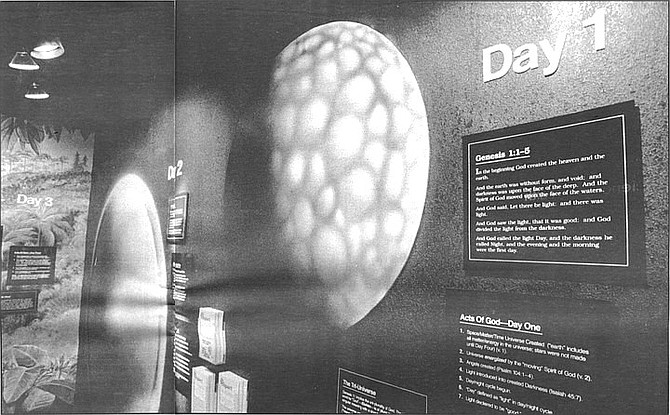
There are also sharp disputes about Noah's Ark within the Creationist movement. Some years ago, in the ICR museum, I helped John Morris, their principal ark investigator, look for signs of the ark in telephoto slides he took of various likely sites on Mt. Ararat. Morris has not yet found the ark but remains convinced it is on Ararat because of all the reported sightings. ICR presents many of these photos in the museum's ark exhibit.
By Tom McIver, Nov. 3, 1994 | Read full article

Ten patients are now being cared for at the Sisters of Mercy Hospital, Sixth and H. Yesterday a very delicate operation was performed there by four surgeons. The sufferer was a girl of 12, who had accidentally swallowed a piece of wire two weeks before. It stuck in the trachea and refused to come up within reach or to go down, so that she could speak only in a whisper. An incision was made into her windpipe, the wire removed, and the part sewed up.
By Barbara Palmer, Sept. 27, 2001 | Read full article
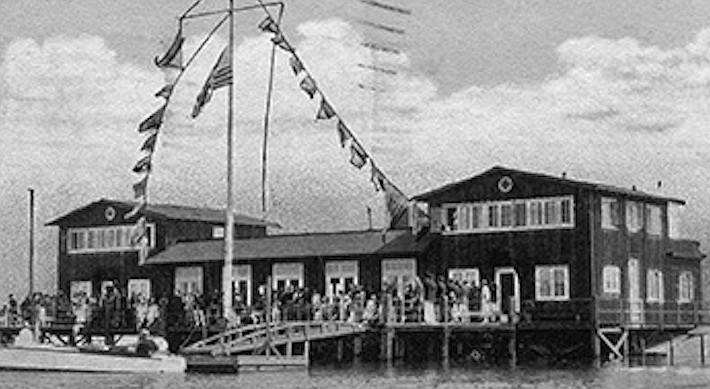
Sun broke through the morning haze as the boats commenced. The clubhouse – two two-story structures joined by a one-story link in the center – creaked, and balked, and groaned. The trip, nudging across the bay, took three hours, during which every window shattered. “Unbelievably,” says historian Iris Engstrand, “the scheme worked!” When high tide ebbed, the clubhouse dripped dry on 25 pilings. It required numerous internal repairs, but all agreed that the move was a success.
By Jeff Smith, Oct. 4, 2001 | Read full article
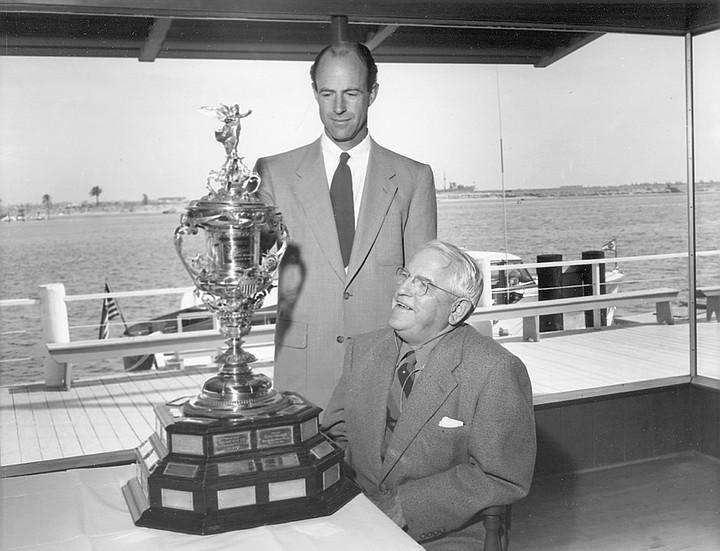
Shelter Island evolved as an afterthought. The dredging created an area where sail and power boats could come in and make a turn. Plus, it provided much safer anchorage than before. The island started as a place to dump leftover “spoil” from the channel. Charles La Dow: “The name Shelter Island, chosen by [club] members, was no euphemism. Low as that sandspit now was, the southerlies would, hopefully, no longer devastate us with heavy chop.”
By Jeff Smith, Oct. 11, 2001 | Read full article
Soon, of course, we’re talking Vietnam. “It basically ruined my life,” says Rudy. “I can remember that first day of combat, when they rolled over this dead soldier. He was a kid. Vietnamese. But his face — he looked just like my younger brother. I was so…shocked. After that I found I couldn’t hate the enemy.” Rudy was a Marine, 20 years old. “That tour in Vietnam turned me into a loner.”
By Ed Bedford, March 20, 2003 | Read full article
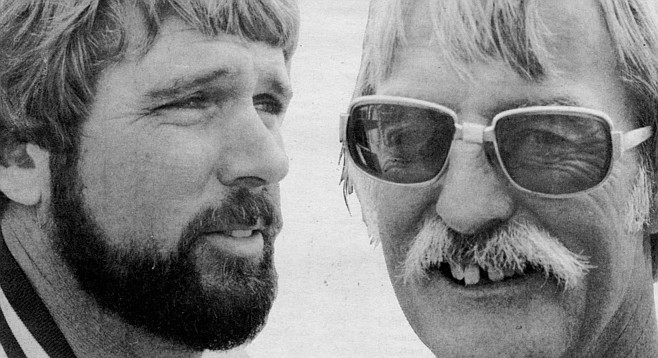
The foot of Redondo Court was a focal point for a couple of reasons. It was the end of a line when streetcars ran through Mission Beach, creating a natural stopping point for everybody. When the streetcars were eliminated in 1939 it turned into the end of the line for a bus route. Also, there was a bath house there until 1948, and a permanent lifeguard tower; it was a natural place to hang out and play over-the-line.
By Neal Matthews, Nov. 1, 1979 | Read full article
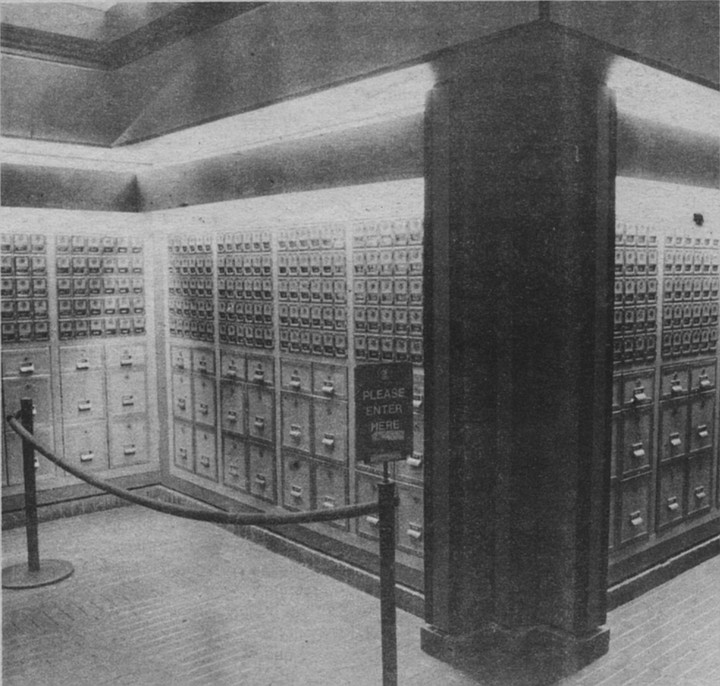
“You sell your soul for a few bucks,’’ he says, arching his eyebrows for emphasis. “You tell yourself. ‘Where can you make this type of money without an education?’ Yet many have had educations.” Carlos has a degree in economics from UCSD. “It’s not just the work,” he continues, “it’s the whole damn environment. The management here is the worst I’ve ever experienced or known of. How could a worker feel a part of the place?”
By Anthony Turner, Dec. 10, 1981 | Read full article
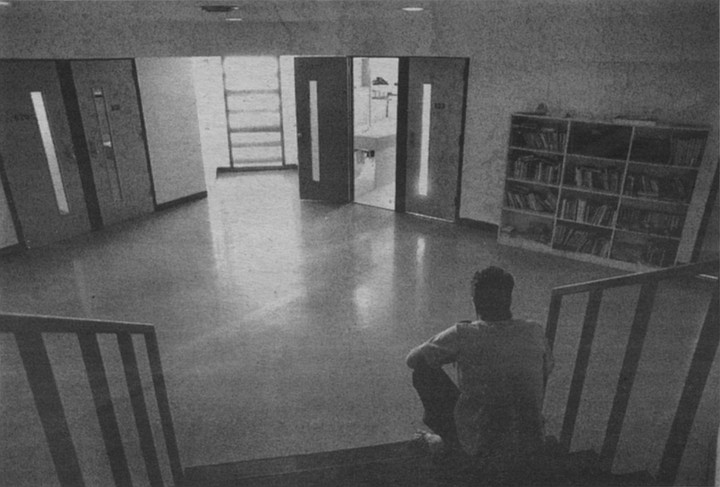
A couple of my Mexican friends approached me with this news. “So & So is going to kill you tonight or tomorrow.’’ My tattooed friend had made up his mind. On several occasions I had informed the people in power that I thought my life was in serious jeopardy. This was laughed off: “I’d like a transfer. My life is in danger, too.’’ So upon receiving the warning, I decided to handle things myself.
By Tom Gleason, Sept. 20 and 27, 1984 | Part 1 | Part 2
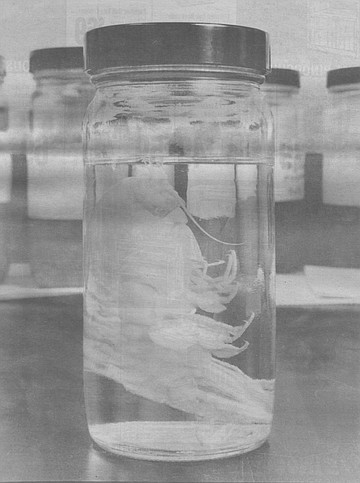
Kaufmann is gutting mackerel with a filleting knife and wrapping the gory chunks of fish in screen-line black netting material. This is bait for the amphipods. When the trap is retrieved and opened, the black netting should be covered with amphipods trying unsuccessfully to feed on the mackerel. "We don’t want the bait to be actually eaten because we want an idea of what’s in these things stomach’s ordinarily at that depth," Kaufmann says. "Also, if they eat the bait... well, we’ll run out of bait.”
By John Brizzolara, Nov. 27, 1991 | Read full article

Fewer than ten porkers, male, not all of them bald, most remaining hairs grey, in V-necks, cardigans, crew necks (red, beige, white, green), no conspicuous jewelry; an equal number of fatties, female, with 2-lb. earrings, hair recently in rollers, lightly teased and sprayed, some golden blonde, some silver-blue (but no pink), primary-color sweaters, decorated w/ embroidery and doodads. Underneath sweaters, both sexes, a shitload of Ban-Lon (does that still exist?) in lieu of current synthetics.
By Richard Meltzer, July 30, 1992 | Read full article


There are also sharp disputes about Noah's Ark within the Creationist movement. Some years ago, in the ICR museum, I helped John Morris, their principal ark investigator, look for signs of the ark in telephoto slides he took of various likely sites on Mt. Ararat. Morris has not yet found the ark but remains convinced it is on Ararat because of all the reported sightings. ICR presents many of these photos in the museum's ark exhibit.
By Tom McIver, Nov. 3, 1994 | Read full article

Ten patients are now being cared for at the Sisters of Mercy Hospital, Sixth and H. Yesterday a very delicate operation was performed there by four surgeons. The sufferer was a girl of 12, who had accidentally swallowed a piece of wire two weeks before. It stuck in the trachea and refused to come up within reach or to go down, so that she could speak only in a whisper. An incision was made into her windpipe, the wire removed, and the part sewed up.
By Barbara Palmer, Sept. 27, 2001 | Read full article

Sun broke through the morning haze as the boats commenced. The clubhouse – two two-story structures joined by a one-story link in the center – creaked, and balked, and groaned. The trip, nudging across the bay, took three hours, during which every window shattered. “Unbelievably,” says historian Iris Engstrand, “the scheme worked!” When high tide ebbed, the clubhouse dripped dry on 25 pilings. It required numerous internal repairs, but all agreed that the move was a success.
By Jeff Smith, Oct. 4, 2001 | Read full article

Shelter Island evolved as an afterthought. The dredging created an area where sail and power boats could come in and make a turn. Plus, it provided much safer anchorage than before. The island started as a place to dump leftover “spoil” from the channel. Charles La Dow: “The name Shelter Island, chosen by [club] members, was no euphemism. Low as that sandspit now was, the southerlies would, hopefully, no longer devastate us with heavy chop.”
By Jeff Smith, Oct. 11, 2001 | Read full article
Soon, of course, we’re talking Vietnam. “It basically ruined my life,” says Rudy. “I can remember that first day of combat, when they rolled over this dead soldier. He was a kid. Vietnamese. But his face — he looked just like my younger brother. I was so…shocked. After that I found I couldn’t hate the enemy.” Rudy was a Marine, 20 years old. “That tour in Vietnam turned me into a loner.”
By Ed Bedford, March 20, 2003 | Read full article

The foot of Redondo Court was a focal point for a couple of reasons. It was the end of a line when streetcars ran through Mission Beach, creating a natural stopping point for everybody. When the streetcars were eliminated in 1939 it turned into the end of the line for a bus route. Also, there was a bath house there until 1948, and a permanent lifeguard tower; it was a natural place to hang out and play over-the-line.
By Neal Matthews, Nov. 1, 1979 | Read full article

“You sell your soul for a few bucks,’’ he says, arching his eyebrows for emphasis. “You tell yourself. ‘Where can you make this type of money without an education?’ Yet many have had educations.” Carlos has a degree in economics from UCSD. “It’s not just the work,” he continues, “it’s the whole damn environment. The management here is the worst I’ve ever experienced or known of. How could a worker feel a part of the place?”
By Anthony Turner, Dec. 10, 1981 | Read full article

A couple of my Mexican friends approached me with this news. “So & So is going to kill you tonight or tomorrow.’’ My tattooed friend had made up his mind. On several occasions I had informed the people in power that I thought my life was in serious jeopardy. This was laughed off: “I’d like a transfer. My life is in danger, too.’’ So upon receiving the warning, I decided to handle things myself.
By Tom Gleason, Sept. 20 and 27, 1984 | Part 1 | Part 2

Kaufmann is gutting mackerel with a filleting knife and wrapping the gory chunks of fish in screen-line black netting material. This is bait for the amphipods. When the trap is retrieved and opened, the black netting should be covered with amphipods trying unsuccessfully to feed on the mackerel. "We don’t want the bait to be actually eaten because we want an idea of what’s in these things stomach’s ordinarily at that depth," Kaufmann says. "Also, if they eat the bait... well, we’ll run out of bait.”
By John Brizzolara, Nov. 27, 1991 | Read full article

Fewer than ten porkers, male, not all of them bald, most remaining hairs grey, in V-necks, cardigans, crew necks (red, beige, white, green), no conspicuous jewelry; an equal number of fatties, female, with 2-lb. earrings, hair recently in rollers, lightly teased and sprayed, some golden blonde, some silver-blue (but no pink), primary-color sweaters, decorated w/ embroidery and doodads. Underneath sweaters, both sexes, a shitload of Ban-Lon (does that still exist?) in lieu of current synthetics.
By Richard Meltzer, July 30, 1992 | Read full article
Comments